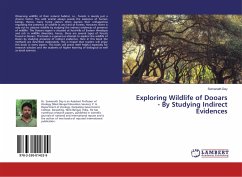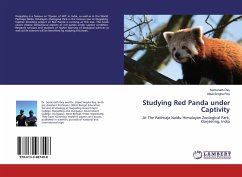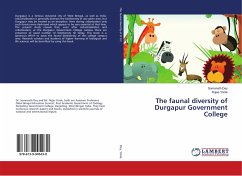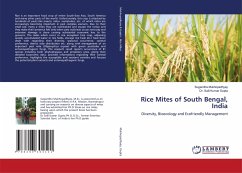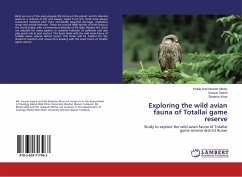Observing wildlife at their natural habitat, i.e., forests is merely just a chance factor. The wild animal always avoids the existence of human beings. Hence, many forest visitors often express their unhappiness regarding the presence of wildlife in any kind of forests. However, there is way out to observe wildlife by studying the indirect evidences of presence of wildlife. The Dooars region is situated at foot-hills of Eastern Himalayas and rich in wildlife diversities, hence, there are several types of forests found in Dooars. This book is a generous attempt to explore the wildlife of Doors by studying presence of indirect evidences. Here in this book the methods are described elaborately. This is hoped that readers will enjoy this book in every aspect. This book will prove itself helpful especially for research scholars and the students of higher learning of biological as well as social sciences.
Bitte wählen Sie Ihr Anliegen aus.
Rechnungen
Retourenschein anfordern
Bestellstatus
Storno

